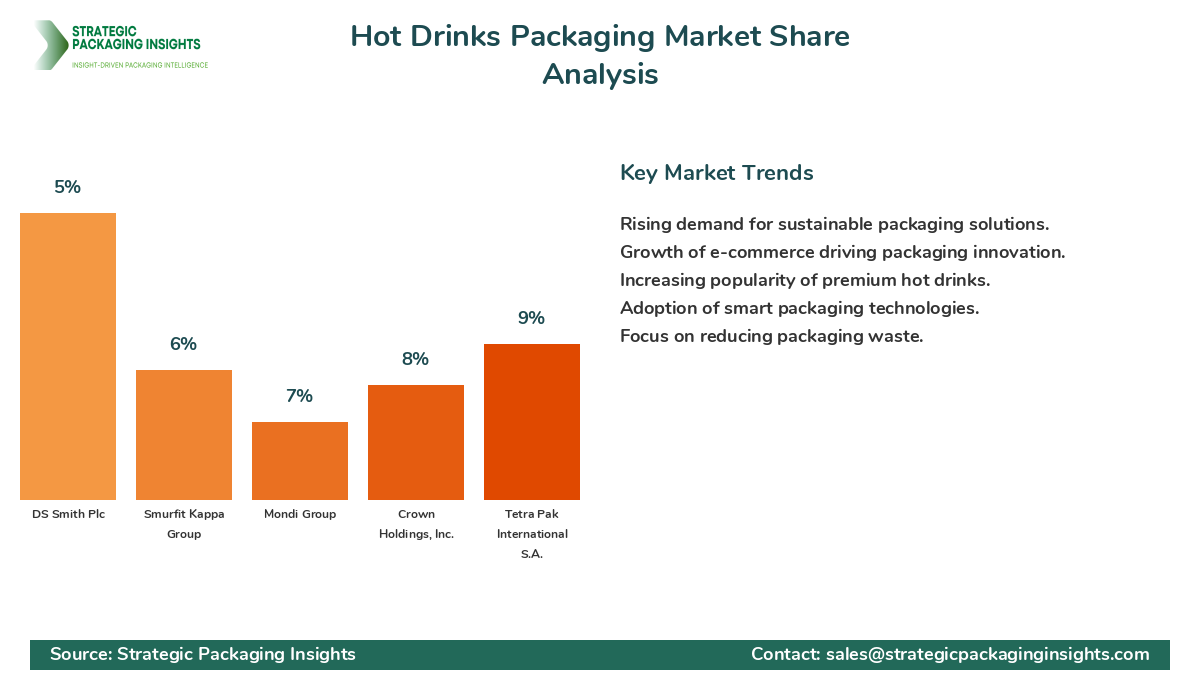- Home
- Beverage Packaging
- Hot Drinks Packaging Market Size, Future Growth and Forecast 2033
Hot Drinks Packaging Market Size, Future Growth and Forecast 2033
Hot Drinks Packaging Market Segments - by Material (Glass, Plastic, Metal, Paper & Board), Application (Tea, Coffee, Hot Chocolate, Others), Packaging Type (Bottles, Cans, Pouches, Cartons), End-User (Retail, Foodservice, Institutional), and Region (Asia Pacific, North America, Latin America, Europe, and Middle East & Africa) - Market Dynamics, Growth Opportunities, Strategic Drivers, and PESTLE Outlook (2025–2033)
Hot Drinks Packaging Market Outlook
The hot drinks packaging market was valued at $12.5 billion in 2024 and is projected to reach $18.7 billion by 2033, growing at a CAGR of 4.5% during the forecast period 2025–2033. This market is driven by the increasing demand for convenient and sustainable packaging solutions that cater to the fast-paced lifestyle of modern consumers. The rise in coffee and tea consumption globally, coupled with the growing trend of on-the-go beverages, has significantly contributed to the market's expansion. Additionally, innovations in packaging materials and designs that enhance product shelf life and consumer appeal are further propelling market growth.
However, the market faces challenges such as stringent environmental regulations and the high cost of raw materials, which can hinder growth. Despite these challenges, the market holds significant growth potential due to the increasing adoption of eco-friendly packaging solutions and the expansion of the foodservice industry. The shift towards sustainable packaging, driven by consumer awareness and regulatory pressures, presents lucrative opportunities for market players to innovate and capture a larger market share.
Report Scope
| Attributes | Details |
| Report Title | Hot Drinks Packaging Market Size, Future Growth and Forecast 2033 |
| Base Year | 2024 |
| Historic Data | 2017-2023 |
| Forecast Period | 2025-2033 |
| Number of Pages | 186 |
| Material | Glass, Plastic, Metal, Paper & Board |
| Application | Tea, Coffee, Hot Chocolate, Others |
| Packaging Type | Bottles, Cans, Pouches, Cartons |
| End-User | Retail, Foodservice, Institutional |
| Customization Available | Yes* |
Opportunities & Threats
The hot drinks packaging market presents numerous opportunities, particularly in the realm of sustainable and eco-friendly packaging solutions. As consumers become more environmentally conscious, there is a growing demand for packaging that minimizes environmental impact. This trend is encouraging manufacturers to invest in biodegradable and recyclable materials, which not only meet regulatory requirements but also enhance brand image and consumer loyalty. Additionally, the rise of e-commerce and online food delivery services is creating new avenues for growth, as these platforms require innovative packaging solutions that ensure product safety and quality during transit.
Another significant opportunity lies in the development of smart packaging technologies. These technologies, which include features like temperature indicators and freshness sensors, are gaining traction as they offer added value to consumers by ensuring product quality and safety. The integration of such technologies into hot drinks packaging can differentiate products in a competitive market, thereby driving sales and enhancing customer satisfaction. Furthermore, the increasing popularity of premium and specialty hot drinks is creating a demand for high-quality, aesthetically pleasing packaging that reflects the premium nature of the product.
Despite these opportunities, the market is not without its threats. One of the primary challenges is the volatility in raw material prices, which can impact production costs and profit margins. Additionally, the stringent regulations surrounding packaging waste and recycling can pose compliance challenges for manufacturers. These regulations require significant investment in sustainable practices and technologies, which can be a barrier for smaller companies with limited resources. Moreover, the intense competition in the market, with numerous players vying for market share, can lead to price wars and reduced profitability.
The hot drinks packaging market is characterized by a highly competitive landscape, with numerous players striving to capture market share through innovation and strategic partnerships. The market is dominated by a few key players who hold significant shares due to their extensive product portfolios, strong distribution networks, and focus on sustainability. These companies are continuously investing in research and development to introduce innovative packaging solutions that cater to evolving consumer preferences and regulatory requirements.
Among the major players, Amcor Limited holds a substantial market share, leveraging its expertise in flexible and rigid packaging solutions. The company's focus on sustainability and innovation has enabled it to maintain a competitive edge in the market. Similarly, Ball Corporation is a prominent player known for its Metal Packaging solutions, which are widely used in the hot drinks sector due to their durability and recyclability. The company's commitment to sustainability and its extensive global presence have contributed to its strong market position.
Another key player, Tetra Pak International S.A., is renowned for its carton packaging solutions, which are popular in the hot drinks market for their convenience and eco-friendliness. The company's continuous investment in sustainable technologies and its strong focus on customer-centric solutions have bolstered its market share. Additionally, Crown Holdings, Inc. is a significant player in the metal packaging segment, offering innovative solutions that enhance product shelf life and consumer appeal.
Other notable companies in the market include Mondi Group, known for its paper-based packaging solutions, and Smurfit Kappa Group, which specializes in corrugated packaging. Both companies have a strong focus on sustainability and innovation, which has enabled them to capture significant market shares. Furthermore, DS Smith Plc and WestRock Company are key players in the paper and board packaging segment, offering a wide range of solutions that cater to the diverse needs of the hot drinks market.
Key Highlights Hot Drinks Packaging Market
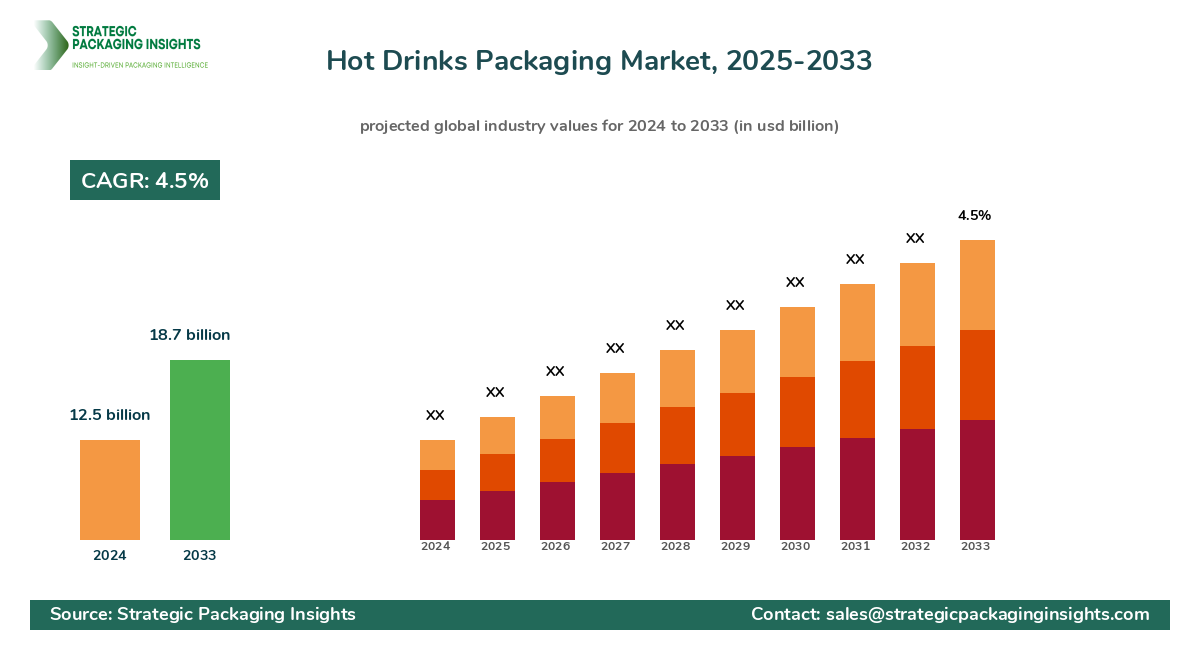
- Increasing demand for sustainable and eco-friendly packaging solutions.
- Rising consumption of coffee and tea globally driving market growth.
- Innovations in packaging materials and designs enhancing product appeal.
- Growth of e-commerce and online food delivery services creating new opportunities.
- Development of smart packaging technologies offering added value to consumers.
- Volatility in raw material prices posing challenges to market growth.
- Stringent regulations on packaging waste and recycling impacting market dynamics.
- Intense competition among market players leading to price wars.
- Expansion of the foodservice industry driving demand for innovative packaging solutions.
- Increasing popularity of premium and specialty hot drinks boosting demand for high-quality packaging.
Top Countries Insights in Hot Drinks Packaging
The United States is a leading market for hot drinks packaging, with a market size of $3.5 billion and a CAGR of 5%. The country's robust coffee culture and the growing trend of on-the-go beverages are key drivers of market growth. Additionally, the increasing demand for sustainable packaging solutions, driven by consumer awareness and regulatory pressures, is further propelling the market.
In China, the hot drinks packaging market is valued at $2.8 billion, with a CAGR of 7%. The rapid urbanization and rising disposable incomes are driving the demand for convenient and premium packaging solutions. The government's focus on environmental sustainability is also encouraging the adoption of eco-friendly packaging materials.
Germany's market size stands at $1.9 billion, with a CAGR of 4%. The country's strong coffee culture and the increasing popularity of specialty hot drinks are key growth drivers. The emphasis on sustainability and recycling is also shaping the market dynamics, with manufacturers investing in innovative packaging solutions.
The United Kingdom has a market size of $1.5 billion and a CAGR of 3%. The growing trend of premium and specialty hot drinks is driving demand for high-quality packaging solutions. Additionally, the focus on reducing packaging waste and enhancing recyclability is influencing market trends.
In Brazil, the market is valued at $1.2 billion, with a CAGR of 6%. The country's rich coffee culture and the increasing demand for convenient packaging solutions are key growth drivers. The emphasis on sustainability and the adoption of eco-friendly materials are also shaping the market landscape.
Value Chain Profitability Analysis
The hot drinks packaging market's value chain involves several key stakeholders, including raw material suppliers, packaging manufacturers, distributors, and end-users. Each stage of the value chain contributes to the overall profitability of the market, with varying profit margins and revenue distribution. Raw material suppliers, who provide essential inputs such as plastic, paper, and metal, typically operate on lower profit margins due to the competitive nature of the industry and the volatility in raw material prices.
Packaging manufacturers, on the other hand, capture a significant share of the market value due to their role in transforming raw materials into finished products. These manufacturers benefit from economies of scale and technological advancements, which enhance production efficiency and reduce costs. The profit margins for packaging manufacturers vary depending on the complexity and innovation of the packaging solutions offered.
Distributors and retailers play a crucial role in the value chain by ensuring the availability of packaging solutions to end-users. These stakeholders typically operate on moderate profit margins, as they rely on volume sales to drive profitability. The end-users, including foodservice providers and retailers, are the final link in the value chain, with their profitability influenced by the cost and quality of the packaging solutions they procure.
Digital transformation is reshaping the value chain by enabling greater transparency and efficiency across all stages. Technology platforms and consultancies are playing an increasingly important role in optimizing supply chain operations and enhancing profitability. The adoption of digital solutions is also facilitating better collaboration among stakeholders, leading to improved product quality and customer satisfaction.
Evolving Market Dynamics (2018–2024) and Strategic Foresight (2025–2033)
The hot drinks packaging market has undergone significant changes between 2018 and 2024, driven by evolving consumer preferences and regulatory pressures. During this period, the market experienced a steady growth rate, with a CAGR of 3.5%, as manufacturers focused on developing sustainable and innovative packaging solutions. The increasing demand for convenience and on-the-go beverages also contributed to market expansion, with a notable shift towards flexible and lightweight packaging materials.
Looking ahead to the forecast period of 2025–2033, the market is expected to grow at a higher CAGR of 4.5%, driven by the continued emphasis on sustainability and the adoption of smart packaging technologies. The integration of digital solutions into packaging is anticipated to enhance product quality and consumer engagement, creating new growth opportunities for market players. Additionally, the expansion of the foodservice industry and the rise of e-commerce are expected to further boost demand for innovative packaging solutions.
Regional contributions to the market are also expected to shift, with Asia Pacific emerging as a key growth region due to rapid urbanization and rising disposable incomes. The region's focus on environmental sustainability and the adoption of eco-friendly packaging materials are expected to drive market growth. In contrast, mature markets such as North America and Europe are likely to experience moderate growth, with a continued focus on premium and specialty hot drinks.
Hot Drinks Packaging Market Segments Insights
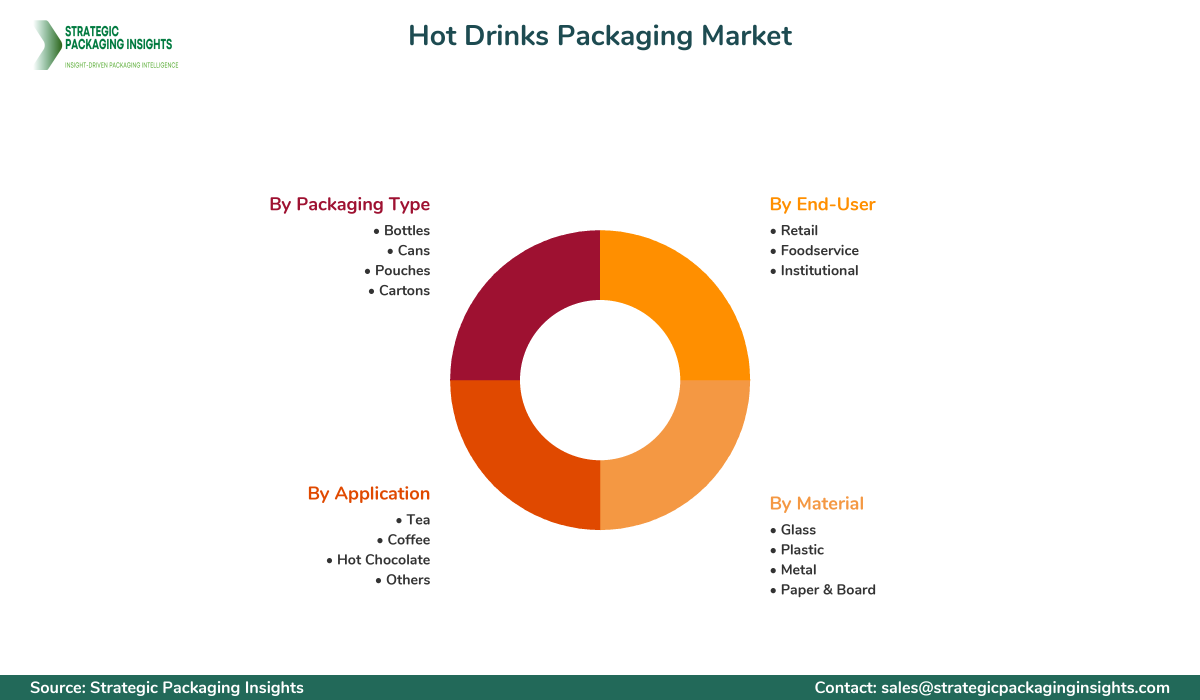
Material Analysis
The material segment of the hot drinks packaging market is dominated by plastic, which is widely used due to its versatility and cost-effectiveness. However, the increasing environmental concerns and regulatory pressures are driving a shift towards more sustainable materials such as paper and board. These materials are gaining popularity due to their recyclability and biodegradability, which align with consumer preferences for eco-friendly packaging solutions. Additionally, the use of metal and glass is prevalent in premium and specialty hot drinks packaging, where durability and aesthetic appeal are key considerations.
The competition within the material segment is intense, with manufacturers investing in research and development to introduce innovative and sustainable solutions. The demand for lightweight and flexible packaging materials is also driving innovation, as manufacturers seek to enhance product convenience and reduce transportation costs. The growing trend of on-the-go beverages is further influencing material choices, with a focus on durability and product safety.
Application Analysis
The application segment of the hot drinks packaging market is primarily driven by the tea and coffee sectors, which account for a significant share of the market. The rising consumption of these beverages, particularly in emerging markets, is fueling demand for innovative packaging solutions that enhance product shelf life and consumer appeal. The hot chocolate segment is also experiencing growth, driven by the increasing popularity of premium and specialty products that require high-quality packaging.
Manufacturers are focusing on developing application-specific packaging solutions that cater to the unique requirements of each beverage type. This includes the use of barrier materials that preserve flavor and aroma, as well as designs that enhance consumer convenience. The competition within the application segment is fierce, with companies striving to differentiate their products through innovation and sustainability.
Packaging Type Analysis
The packaging type segment of the hot drinks packaging market is characterized by a diverse range of solutions, including bottles, cans, pouches, and cartons. Each packaging type offers unique benefits and is chosen based on the specific requirements of the product and target market. Bottles and cans are popular for their durability and recyclability, making them ideal for on-the-go beverages. Pouches and cartons, on the other hand, are favored for their convenience and cost-effectiveness, particularly in the retail sector.
The competition within the packaging type segment is driven by the need for innovation and sustainability. Manufacturers are investing in advanced technologies to develop packaging solutions that enhance product quality and consumer experience. The growing trend of premium and specialty hot drinks is also influencing packaging type choices, with a focus on aesthetics and functionality.
End-User Analysis
The end-user segment of the hot drinks packaging market is dominated by the retail sector, which accounts for a significant share of the market. The increasing demand for convenient and sustainable packaging solutions in retail is driving innovation and competition among manufacturers. The foodservice sector is also a key end-user, with the growing trend of on-the-go beverages and the expansion of online food delivery services creating new opportunities for market growth.
Institutional end-users, such as hotels and restaurants, are also contributing to market demand, with a focus on high-quality and aesthetically pleasing packaging solutions. The competition within the end-user segment is intense, with manufacturers striving to meet the diverse needs of their customers through innovation and sustainability. The emphasis on reducing packaging waste and enhancing recyclability is also shaping market trends, with end-users seeking solutions that align with their sustainability goals.
Hot Drinks Packaging Market Segments
The Hot Drinks Packaging market has been segmented on the basis of
Material
- Glass
- Plastic
- Metal
- Paper & Board
Application
- Tea
- Coffee
- Hot Chocolate
- Others
Packaging Type
- Bottles
- Cans
- Pouches
- Cartons
End-User
- Retail
- Foodservice
- Institutional
Primary Interview Insights
What are the key drivers of growth in the hot drinks packaging market?
What challenges does the hot drinks packaging market face?
How is sustainability influencing the hot drinks packaging market?
What role does innovation play in the hot drinks packaging market?
Which regions are expected to see the most growth in the hot drinks packaging market?
Latest Reports

The Hot Melt Glue Labeler market was valued at $1.2 billion in 2024 and is projected to reach $2.3 billion by 2033, growing at a CAGR of 6.5% during the forecast period 2025–2033.

The Ethical Label market was valued at $1.5 billion in 2024 and is projected to reach $3.2 billion by 2033, growing at a CAGR of 8.5% during the forecast period 2025–2033.

The Packaging Tensioner market was valued at $1.2 billion in 2024 and is projected to reach $2.3 billion by 2033, growing at a CAGR of 6.5% during the forecast period 2025–2033.
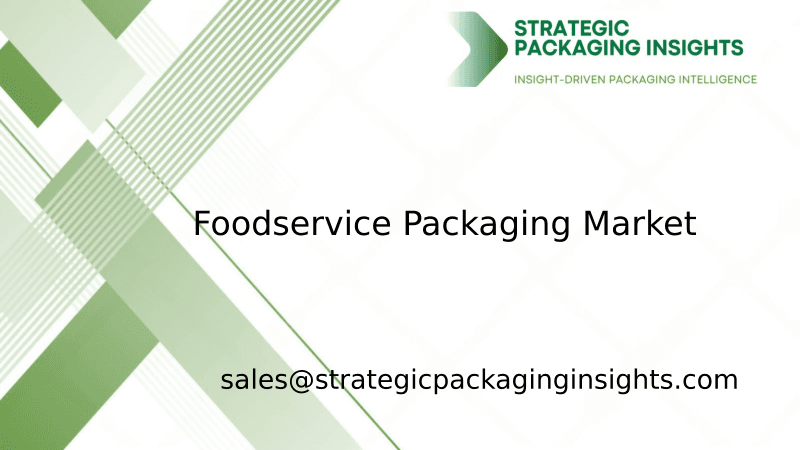
The foodservice packaging market was valued at $120 billion in 2024 and is projected to reach $180 billion by 2033, growing at a CAGR of 4.5% during the forecast period 2025–2033.

The nano-enabled packaging market was valued at $15.2 billion in 2024 and is projected to reach $35.6 billion by 2033, growing at a CAGR of 9.5% during the forecast period 2025–2033.

The Cold Seal Packaging market was valued at $1.5 billion in 2024 and is projected to reach $2.3 billion by 2033, growing at a CAGR of 4.8% during the forecast period 2025–2033.

The Transparent Barrier Packaging Films market was valued at $12.5 billion in 2024 and is projected to reach $20.3 billion by 2033, growing at a CAGR of 5.8% during the forecast period 2025–2033.

The Flatback Tape market was valued at $2.5 billion in 2024 and is projected to reach $4.1 billion by 2033, growing at a CAGR of 5.8% during the forecast period 2025–2033.
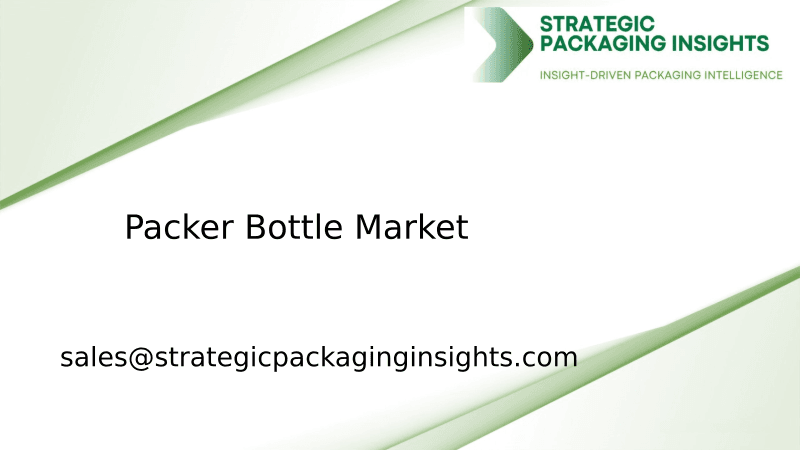
The packer bottle market was valued at $3.5 billion in 2024 and is projected to reach $5.8 billion by 2033, growing at a CAGR of 5.2% during the forecast period 2025–2033.
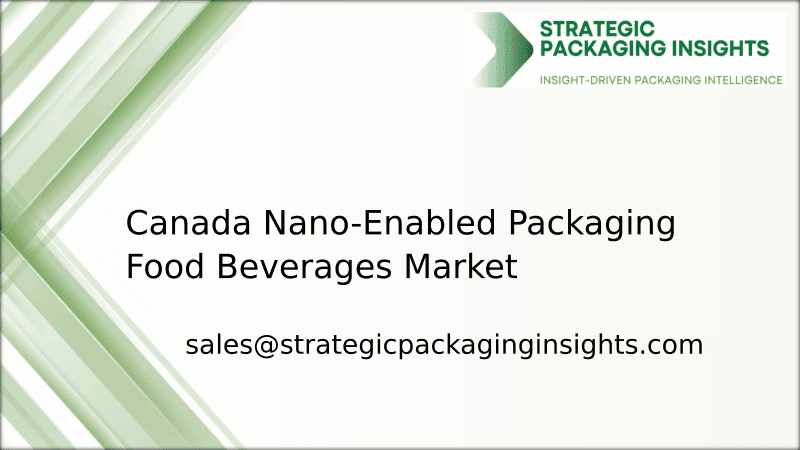
The Canada Nano-Enabled Packaging Food Beverages market was valued at $1.2 billion in 2024 and is projected to reach $3.5 billion by 2033, growing at a CAGR of 12.5% during the forecast period 2025–2033.
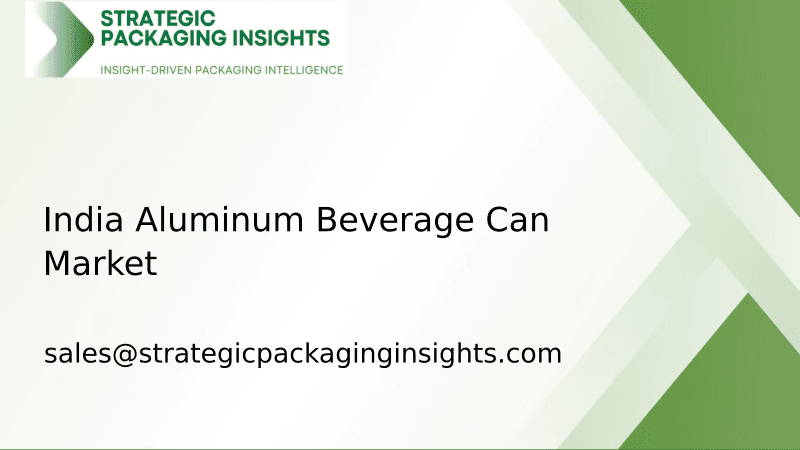
The India Aluminum Beverage Can market was valued at $1.2 billion in 2024 and is projected to reach $2.5 billion by 2033, growing at a CAGR of 8.5% during the forecast period 2025–2033.
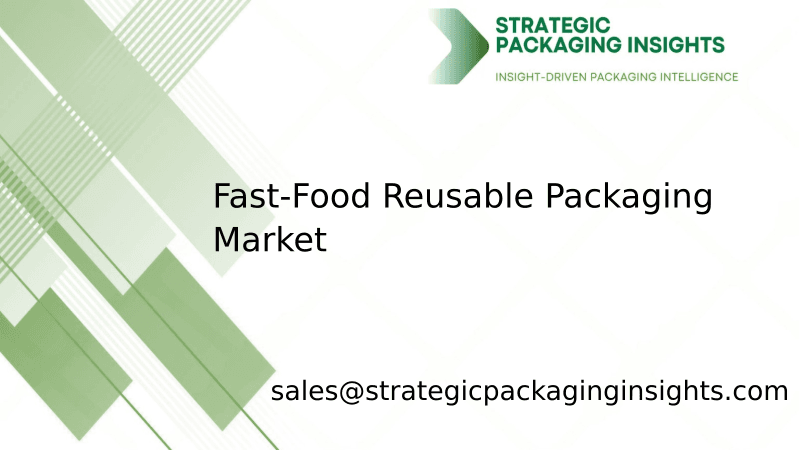
The fast-food reusable packaging market was valued at $1.2 billion in 2024 and is projected to reach $3.5 billion by 2033, growing at a CAGR of 12.5% during the forecast period 2025–2033.

The pallets market was valued at $59.91 billion in 2024 and is projected to reach $88.69 billion by 2033, growing at a CAGR of 4.5% during the forecast period 2025–2033.

The lamination adhesives market was valued at $2.5 billion in 2024 and is projected to reach $4.1 billion by 2033, growing at a CAGR of 5.8% during the forecast period 2025–2033.

The garment packing machine market was valued at $1.2 billion in 2024 and is projected to reach $2.5 billion by 2033, growing at a CAGR of 8.5% during the forecast period 2025–2033.
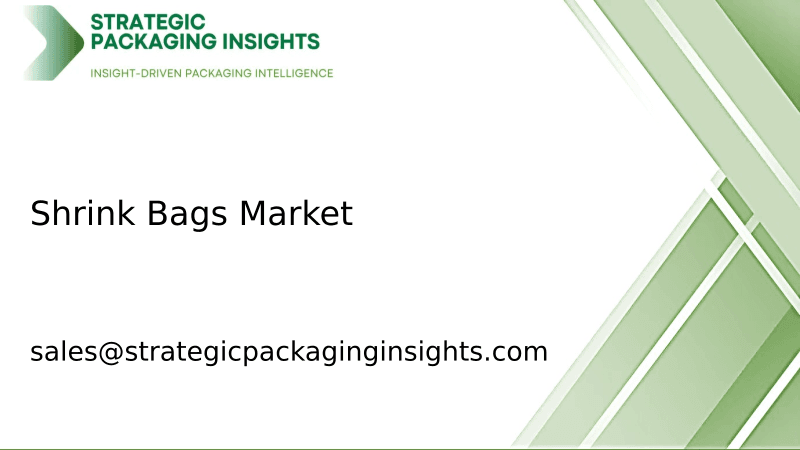
The shrink bags market was valued at $3.5 billion in 2024 and is projected to reach $5.8 billion by 2033, growing at a CAGR of 5.2% during the forecast period 2025–2033.

The beverage packaging market was valued at $128 billion in 2024 and is projected to reach $186 billion by 2033, growing at a CAGR of 4.2% during the forecast period 2025–2033.

The North America Freight and Logistics market was valued at $1,200 billion in 2024 and is projected to reach $1,800 billion by 2033, growing at a CAGR of 4.5% during the forecast period 2025–2033.

The Anti-Counterfeiting Packaging market was valued at $105 billion in 2024 and is projected to reach $182 billion by 2033, growing at a CAGR of 6.5% during the forecast period 2025–2033.

The Active and Modified Atmospheric Packaging market was valued at $15.2 billion in 2024 and is projected to reach $25.8 billion by 2033, growing at a CAGR of 6.5% during the forecast period 2025–2033.

The molded fiber packaging market was valued at $7.5 billion in 2024 and is projected to reach $12.3 billion by 2033, growing at a CAGR of 5.8% during the forecast period 2025–2033.

The micro packaging market was valued at $1.2 billion in 2024 and is projected to reach $2.5 billion by 2033, growing at a CAGR of 8.5% during the forecast period 2025–2033.

The Anti-counterfeit Pharmaceuticals Packaging market was valued at $80 billion in 2024 and is projected to reach $150 billion by 2033, growing at a CAGR of 7.5% during the forecast period 2025–2033.

The MDO-PE Film market was valued at $3.5 billion in 2024 and is projected to reach $5.8 billion by 2033, growing at a CAGR of 5.2% during the forecast period 2025–2033.
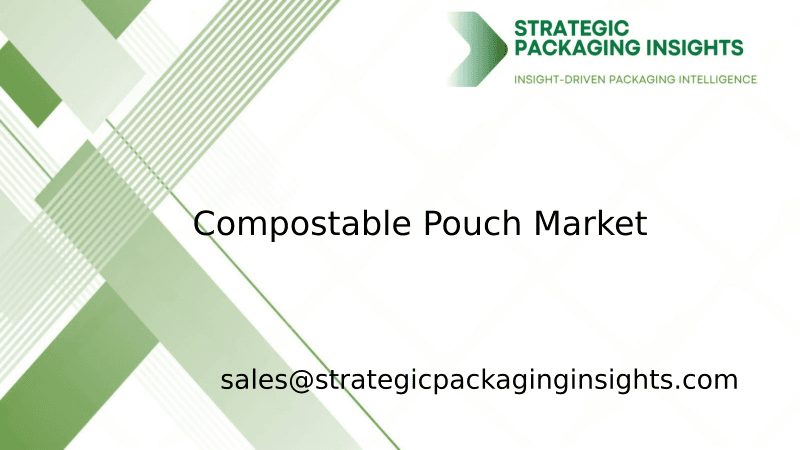
The compostable pouch market was valued at $1.2 billion in 2024 and is projected to reach $3.5 billion by 2033, growing at a CAGR of 12.5% during the forecast period 2025–2033.

The Hot Melt Glue Labeler market was valued at $1.2 billion in 2024 and is projected to reach $2.3 billion by 2033, growing at a CAGR of 6.5% during the forecast period 2025–2033.

The Ethical Label market was valued at $1.5 billion in 2024 and is projected to reach $3.2 billion by 2033, growing at a CAGR of 8.5% during the forecast period 2025–2033.

The Packaging Tensioner market was valued at $1.2 billion in 2024 and is projected to reach $2.3 billion by 2033, growing at a CAGR of 6.5% during the forecast period 2025–2033.

The foodservice packaging market was valued at $120 billion in 2024 and is projected to reach $180 billion by 2033, growing at a CAGR of 4.5% during the forecast period 2025–2033.

The nano-enabled packaging market was valued at $15.2 billion in 2024 and is projected to reach $35.6 billion by 2033, growing at a CAGR of 9.5% during the forecast period 2025–2033.

The Cold Seal Packaging market was valued at $1.5 billion in 2024 and is projected to reach $2.3 billion by 2033, growing at a CAGR of 4.8% during the forecast period 2025–2033.

The Transparent Barrier Packaging Films market was valued at $12.5 billion in 2024 and is projected to reach $20.3 billion by 2033, growing at a CAGR of 5.8% during the forecast period 2025–2033.

The Flatback Tape market was valued at $2.5 billion in 2024 and is projected to reach $4.1 billion by 2033, growing at a CAGR of 5.8% during the forecast period 2025–2033.

The packer bottle market was valued at $3.5 billion in 2024 and is projected to reach $5.8 billion by 2033, growing at a CAGR of 5.2% during the forecast period 2025–2033.

The Canada Nano-Enabled Packaging Food Beverages market was valued at $1.2 billion in 2024 and is projected to reach $3.5 billion by 2033, growing at a CAGR of 12.5% during the forecast period 2025–2033.

The India Aluminum Beverage Can market was valued at $1.2 billion in 2024 and is projected to reach $2.5 billion by 2033, growing at a CAGR of 8.5% during the forecast period 2025–2033.

The fast-food reusable packaging market was valued at $1.2 billion in 2024 and is projected to reach $3.5 billion by 2033, growing at a CAGR of 12.5% during the forecast period 2025–2033.

The pallets market was valued at $59.91 billion in 2024 and is projected to reach $88.69 billion by 2033, growing at a CAGR of 4.5% during the forecast period 2025–2033.

The lamination adhesives market was valued at $2.5 billion in 2024 and is projected to reach $4.1 billion by 2033, growing at a CAGR of 5.8% during the forecast period 2025–2033.

The garment packing machine market was valued at $1.2 billion in 2024 and is projected to reach $2.5 billion by 2033, growing at a CAGR of 8.5% during the forecast period 2025–2033.

The shrink bags market was valued at $3.5 billion in 2024 and is projected to reach $5.8 billion by 2033, growing at a CAGR of 5.2% during the forecast period 2025–2033.

The beverage packaging market was valued at $128 billion in 2024 and is projected to reach $186 billion by 2033, growing at a CAGR of 4.2% during the forecast period 2025–2033.

The North America Freight and Logistics market was valued at $1,200 billion in 2024 and is projected to reach $1,800 billion by 2033, growing at a CAGR of 4.5% during the forecast period 2025–2033.

The Anti-Counterfeiting Packaging market was valued at $105 billion in 2024 and is projected to reach $182 billion by 2033, growing at a CAGR of 6.5% during the forecast period 2025–2033.

The Active and Modified Atmospheric Packaging market was valued at $15.2 billion in 2024 and is projected to reach $25.8 billion by 2033, growing at a CAGR of 6.5% during the forecast period 2025–2033.

The molded fiber packaging market was valued at $7.5 billion in 2024 and is projected to reach $12.3 billion by 2033, growing at a CAGR of 5.8% during the forecast period 2025–2033.

The micro packaging market was valued at $1.2 billion in 2024 and is projected to reach $2.5 billion by 2033, growing at a CAGR of 8.5% during the forecast period 2025–2033.

The Anti-counterfeit Pharmaceuticals Packaging market was valued at $80 billion in 2024 and is projected to reach $150 billion by 2033, growing at a CAGR of 7.5% during the forecast period 2025–2033.

The MDO-PE Film market was valued at $3.5 billion in 2024 and is projected to reach $5.8 billion by 2033, growing at a CAGR of 5.2% during the forecast period 2025–2033.

The compostable pouch market was valued at $1.2 billion in 2024 and is projected to reach $3.5 billion by 2033, growing at a CAGR of 12.5% during the forecast period 2025–2033.
